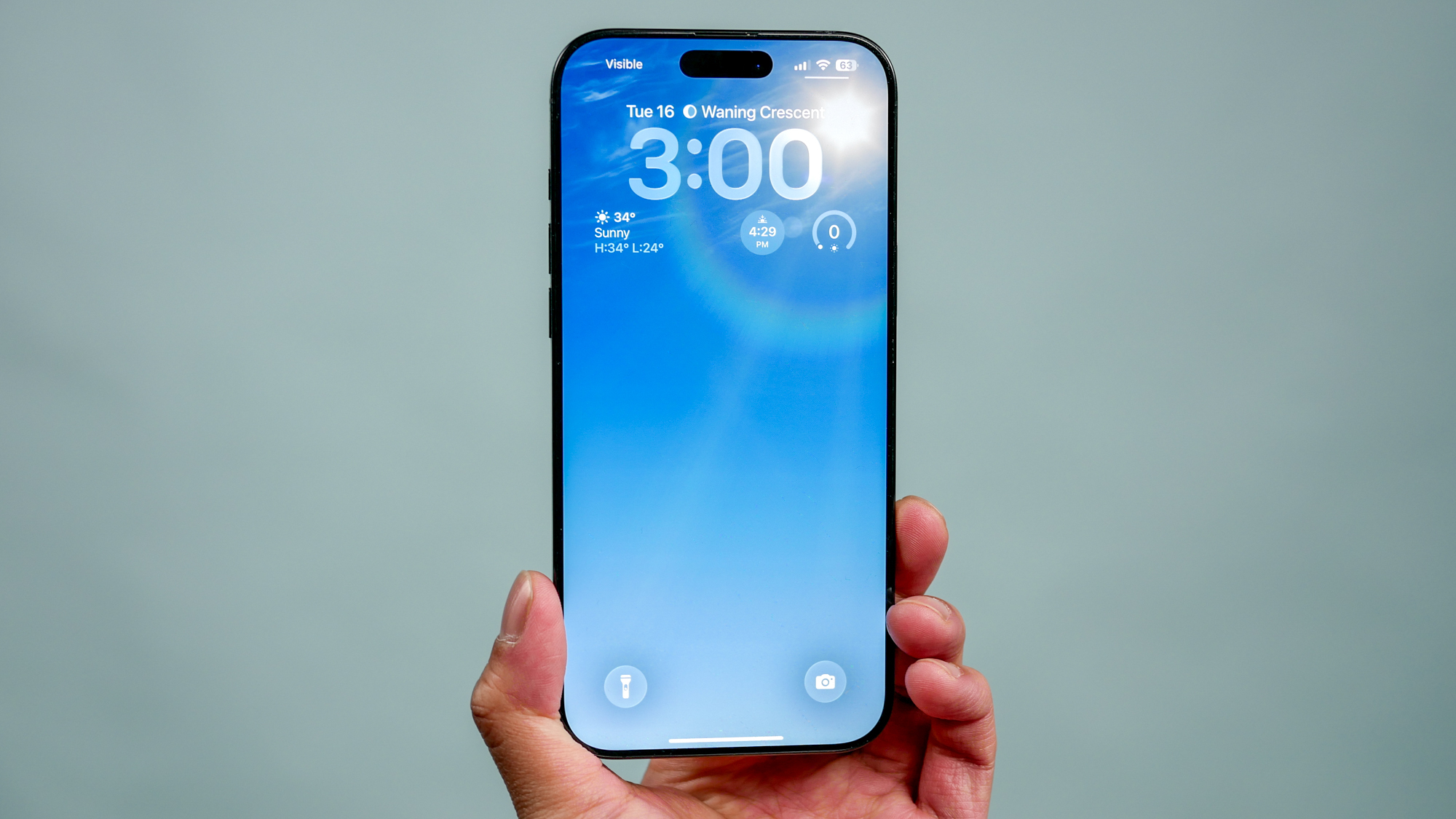Here's How the Snapdragon 855 Plus Will Make the Note 10 Even More Powerful
The proof will be in the graphics

Qualcomm made something of a surprise announcement last week, when Asus' new ROG Phone 2 was unveiled. The upcoming gaming phone is set to carry a supercharged version of the Snapdragon 855, called the 855 Plus. And lately we've heard that same chip is making its way to North American versions of the Samsung Galaxy Note 10 as well when that phone makes its debut in August.
If true, the 855 Plus should give the Note 10 and its rumored pricier Note 10+ variant an edge over its competition — including Samsung's own Galaxy S10 line. But just how will the new hardware differ from the standard Snapdragon 855? Let's break down the changes.
Faster Prime CPU core
The existing Snapdragon 855 packs eight cores. Four of them are Cortex A55-based and tuned for efficiency at 1.80GHz; three are Cortex A76-based and intended for performance, clocked at 2.42GHz; and one additional A76-based core is designated as the Prime core, running faster than the rest at 2.84GHz.
These cores are split up pretty much exactly the same way in the 855 Plus, but with the Prime core clock speed raised to 2.96GHz. Qualcomm says this is good for a 4.2% uplift for single-threaded applications. It shouldn't figure to be a particularly noticeable bump in performance, though workloads that really tax that Prime core — like, say, gaming or video rendering — will likely benefit.
The GPU gets the biggest boost
The 855 Plus' real advantage lies in its speedier Adreno 640 GPU, which sees a sizable jump in clock speed from 585MHz in the regular 855 up to about 672MHz in the new variant.
That translates to 15% faster rendering, which again will surely target gaming performance first and foremost. Theoretically, the Note 10 could achieve higher frame rates on a particularly demanding game compared to what you'd see from a standard 855-powered phone.
As such, it's no surprise that the 855 Plus made its debut in conjunction with Asus' new gaming flagship. Should Razer deliver a new game-focused handset late this year or early next as a successor to the Razer Phone 2, you can probably expect that to carry the 855 Plus, too.
Get instant access to breaking news, the hottest reviews, great deals and helpful tips.
But why put a Snapdragon 855 Plus inside the Galaxy Note 10 given the Galaxy Note's reputation as a workhorse for users craving productivity? Because that's not the only audience Samsung sees for its most powerful flagship.
Given how Samsung pushed the Galaxy Note 9's gaming capabilities last year — particularly around that phone's water carbon cooling system, designed to sustain peak performance without overheating the internals — the rumors about Samsung choosing the 855 Plus for the Note 10 make a lot of sense. Such a move would also give the Note series a tangible hardware advantage over the Galaxy S family, something the company's phablets have lacked in recent years, despite their comparatively higher price tags.

Otherwise, the same 855 you know and love
In all other respects, the 855 Plus is really the same 855 you've already heard about, that's been implemented in a range of high-end handsets from every major Android phone manufacturer.
That extends to the modem as well. The X24 LTE wireless chip inside the 855 Plus is unchanged, and still capable of theoretical peak download speeds of 2Gbps. The 855 Plus can also support the X50 5G modem if necessary, which is the same module inside the Galaxy S10 5G and LG V50 ThinQ 5G, built for millimeter-wave and mid-band 5G networks. That's a critical point, because this week, we got our most convincing clue yet that Samsung is planning a Galaxy Note 10 Pro 5G model, courtesy of a leaked Verizon promotional banner.
The next-generation Snapdragon 865 will likely be Qualcomm's first to integrate LTE and 5G on the same chip, while adding in the ability to pick up low-band 5G signals as well.
Outlook
Don't mistake the Snapdragon 855 Plus for the sort of generational leap that's going to make the Note 10 significantly more powerful than the fastest Android phones out there right now.
Qualcomm has a habit of releasing mid-cycle refreshes to its high-end silicon — in fact, the Snapdragon 845 inside the first ROG Phone actually sported boosted clock speeds, though Qualcomm didn't delineate that difference in the chip's branding. And if you've got a good memory, you may recall Google's first-generation Pixel packed a faster version of 2016's then-top-of-the-line Snapdragon 820, dubbed the 821.
In other words, if the Note 10 really does feature the 855 Plus, we wouldn't hold out for the phone on the basis of the chipset alone. Sure, it's faster than the 855 on paper, but not significantly enough to be materially different in day-to-day usage.
And to our readers outside North America, who typically get Exynos-powered versions of Samsung's devices, there's a good chance you won't be left out. Rumor has it international Note 10 models will also see a supercharged version of Samsung's Exynos 9820, called the 9825, likely to keep up with Qualcomm's slight performance bump.
Adam Ismail is a staff writer at Jalopnik and previously worked on Tom's Guide covering smartphones, car tech and gaming. His love for all things mobile began with the original Motorola Droid; since then he’s owned a variety of Android and iOS-powered handsets, refusing to stay loyal to one platform. His work has also appeared on Digital Trends and GTPlanet. When he’s not fiddling with the latest devices, he’s at an indie pop show, recording a podcast or playing Sega Dreamcast.
